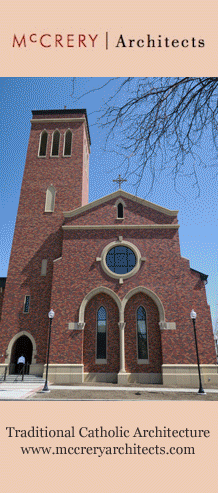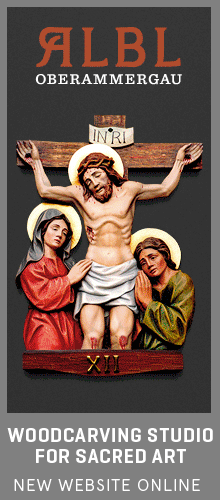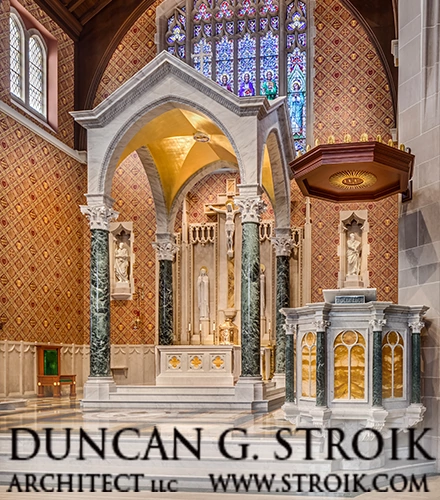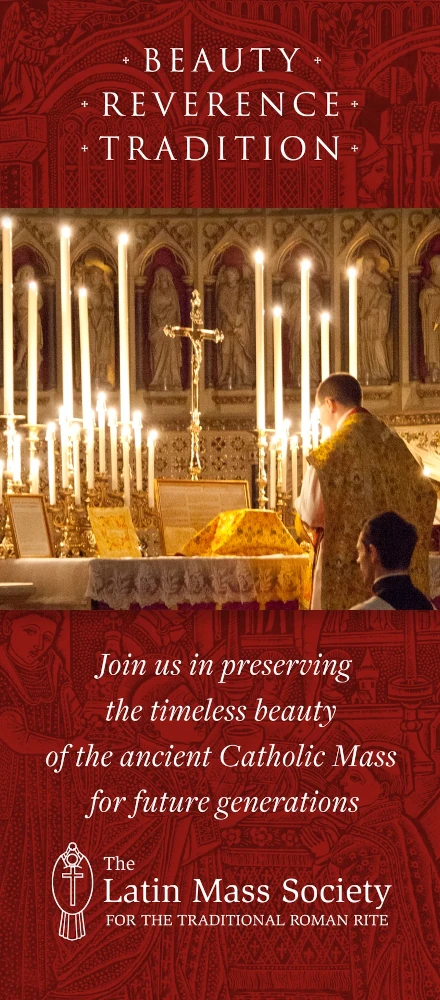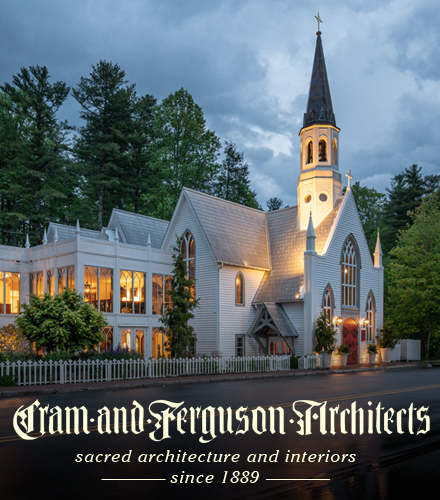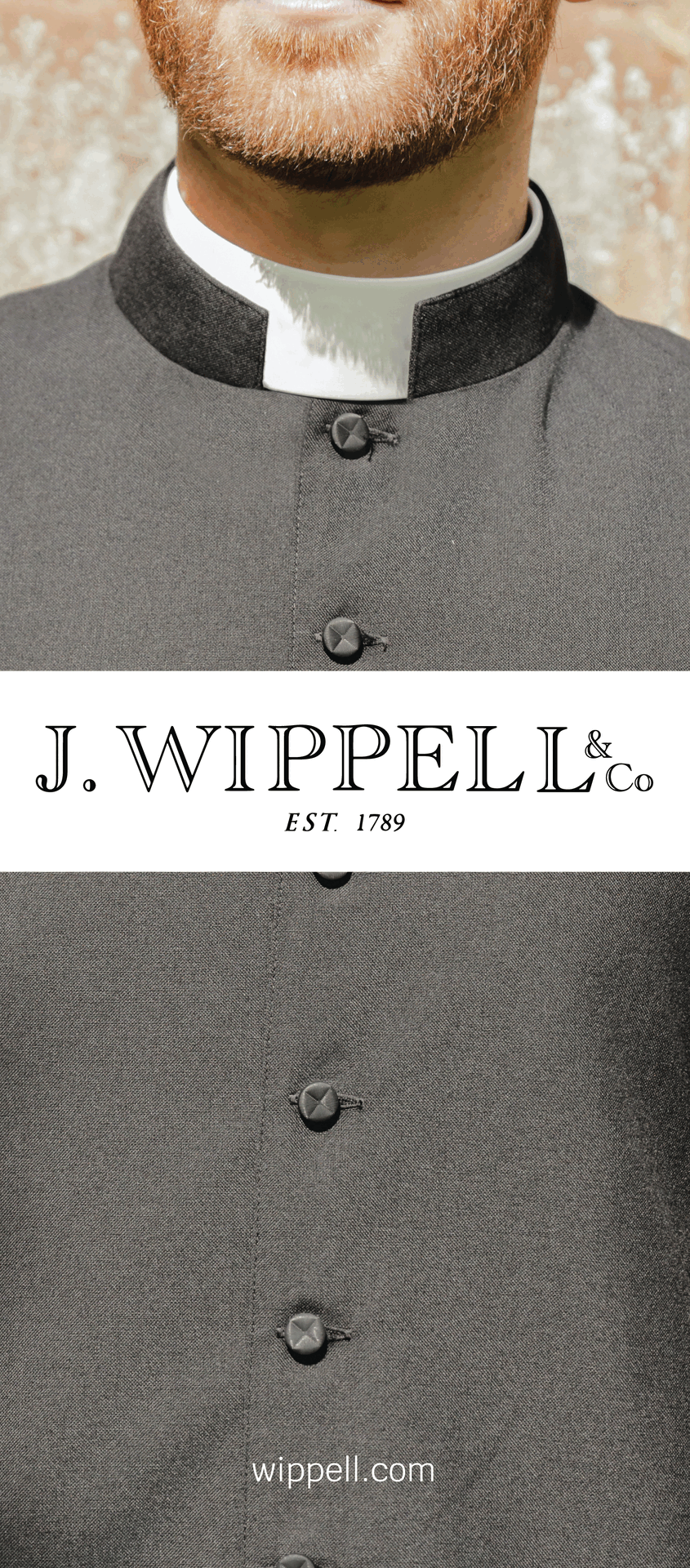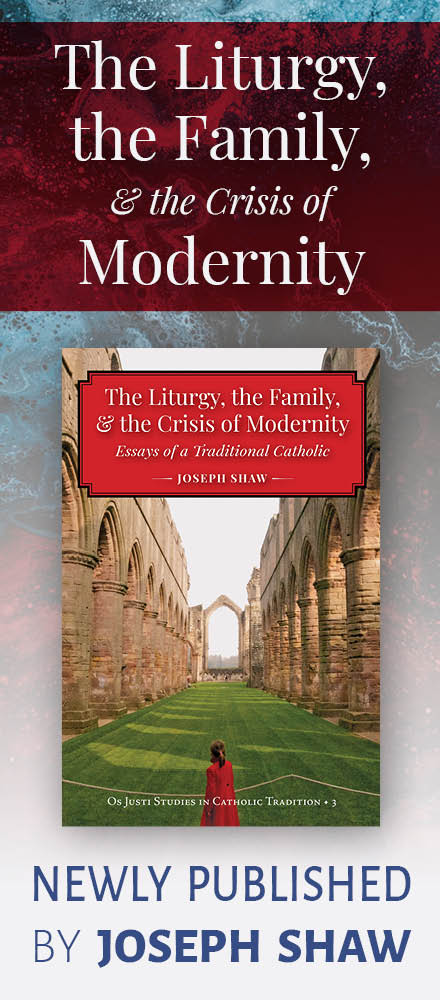One of the bits of traditional prelatial costume that is less seen that items like mitres, pontifical dalmatics, gloves and so on are the stockings/buskins.
A simple definition and basic history is presented by the 1913 Catholic Encyclopedia:
Ceremonial stockings of silk, sometimes interwoven with gold threads, and even heavily embroidered, worn by the celebrant of a pontifical Mass. Originally worn by priests, they were reserved about the eighth century for the exclusive use of bishops, a privilege recently extended to lesser prelates. In colour they correspond to the chasuble, but are never worn with black.
When I recently visited the new church of Ss. Trinita in Rome, amongst their treasures were Pontifical Canons, simple and precious mitres and, yes, buskins.
The excellent and informative book, Costumes of Prelates of the Catholic Church according to Roman Etiquette by John Abel Nainfa (which I should like to find in a hard copy I would like to note, for anyone who may have a copy they'd be willing to sell) notes that there are two kinds of prelatial stockings, those considered "ordinary" for day to day use outside the liturgy, and those for formal liturgical use.
Ordinary Prelatial Stockings
Let's consider the ordinary stockings. Costumes of Prelates notes:
The ordinary stockings are knit of black, purple, red, or white silk, each Prelate wearing stockings that match the color of his choir cassock. Therefore, the Pope s stockings are white; the Cardinals, red; Bishops and Prelates di mantelletta's, purple; other members of the clergy wear black. Prelates belonging to Religious Orders wear stockings of the same color as their cassocks. Formerly, the color was changed, like that of the cassock, according to the liturgical season ; but the present etiquette prescribes the wearing of the same color in stockings throughout the year.
These stockings should regularly cover the feet and legs up to the knees, as they are supposed to be worn with "knickerbockers", and they are held by a garter above or below the knee; but, as they are inconvenient to wear with our long trousers, they may be substituted, in this country, by socks of the same material and color.
Fr. Guy Sylvester kindly sent me an image while I was in Rome that would seem to show this very thing.
Liturgical Stockings, or Buskins
From Costumes of Prelates:
Liturgical stockings, or buskins, are prescribed by the Rubrics and the Ceremonial of Bishops for the celebration of Pontifical Mass. They differ from ordinary stockings, because they have preserved the antique form of stockings previous to the invention of knitting. They are made of silk material, not knitted, but woven and tailored, and their color is the one required by the office of the day, white, red, green, or purple. Such stockings are not used at Requiem Mass. All who, by virtue of their Orders, or by special privilege, are entitled to celebrate Pontifical Mass, wear these stockings. Those of the Pope and Cardinals may be embroidered with gold. Those of Archbishops, Bishops, Protonotaries Apostolic di numero and supernumerary, are made of plain silk and bordered with a gold strip.
Those of the Protonotaries ad instar, of Abbots, Canons, etc., may be trimmed with a strip of yellow silk only.
The Prelate, while vesting for Pontifical Mass, puts on these buskins over his ordinary stockings or socks, and has them fastened to his leg with a silk ribbon sliding through loops at the top of the buskin; and, when the Prelate wears long trousers, as is the custom in this country, the lower part of the trousers should be folded so as to fit inside the legs of the buskin, thus avoiding the unsightly appearance of the pontifical sandals partly covered by the black trousers.
Cardinals, Prelates invested with the episcopal character, Abbots and the seven Protonotaries Apostolic di numero, put on the liturgical stockings at the throne or at the faldstool, while reciting the prayer "Calcea, Domine, pedes meos". Other Protonotaries, Canons and all ecclesiastics who may have received the privilege of celebrating Pontifical Mass, are not permitted to put on their liturgical stockings at the faldstool, but only in the sacristy.
UPDATE
For the sake of a greater sense of this prelatial garment, here is a photograph which shows buskins in their liturgical context.


